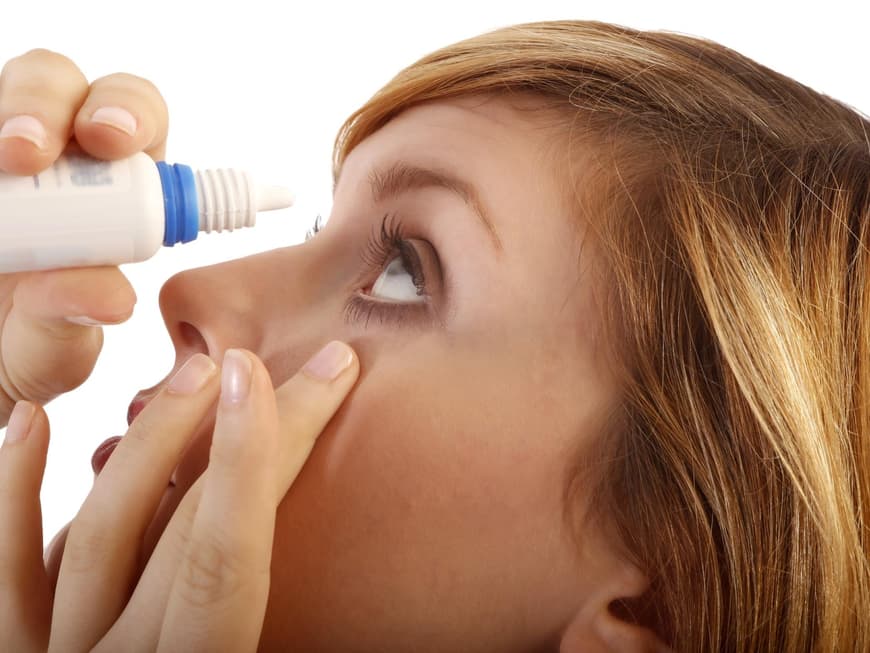
The protective mucous membrane layer lies over the inner edge of the eyelids and over the eyeball. It distributes the tear film and protects the eye from pathogens. In the case of conjunctivitis, the body tries to eliminate the pathogens by increasing blood circulation. Other conjunctivitis symptoms: sticky and watery eyes, pain when blinking.
Possible causes of conjunctivitis
If viruses are the trigger, the conjunctiva is red and the secretion is watery. A bacterial infection can be recognized by a purulent, mucous secretion that sticks to the eye. Conjunctivitis is then highly contagious. Incidentally, children are affected by this type of infection much more often than adults. However, hay fever or chronic dry eyes are also sometimes the cause, and a draught or an allergy can also trigger the inflammation.
Conjunctivitis: no home remedies
In most cases, bacterial conjunctivitis resolves after about a week without medication; antibiotic drops are usually not necessary. Experts also strongly advise against herbal remedies: Eye baths with camomile, for example, can only irritate the eye further - and also trigger an allergy in the first place. Artificial tears (pharmacy) or baths with clear water are better.
Whitening agents dry out
Also not recommended are so-called whitening eye drops, which ensure that the dilated blood vessels contract again and the redness and swelling temporarily subside. This is only superficial, the conjunctivitis is not cured and the drops only dry out the eyeball.
See a doctor after three days
If the symptoms do not improve after three days, you should see an ophthalmologist. If there is a lot of secretion, or if there is pain and poor vision, even sooner, to rule out another serious illness such as glaucoma or corneal inflammation. The doctor can immediately determine what type of inflammation is involved.
